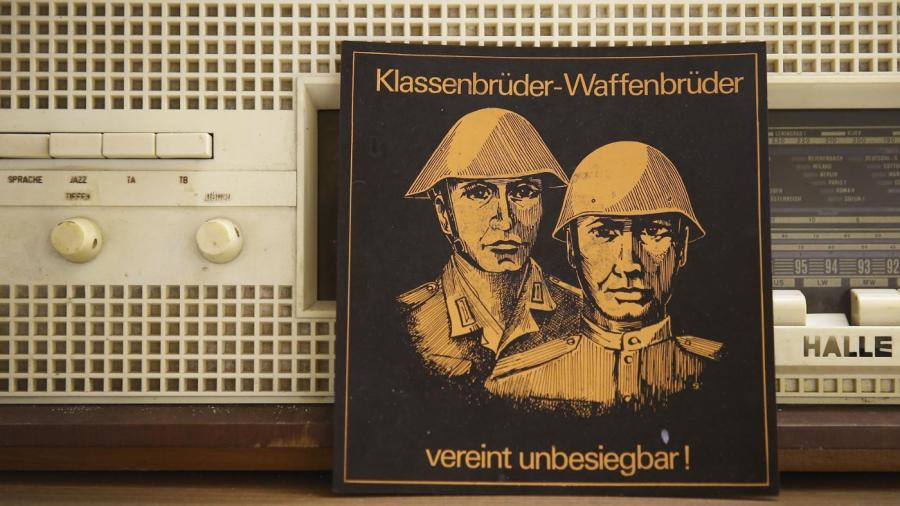What Were the Causes of the Cold War?

The main causes of the Cold War were the political division of Europe after World War II and the fears of aggression on both sides. The origins of the Cold War go back to the Russian Revolution of 1917 and the rise of communism as an economic contrast to capitalism in the West. Both zones of influence reflected the conflict of ideologies between capitalism and communism.
The foundations of the Cold War were laid before the end of World War II at the Yalta and Potsdam Conferences, when administration of postwar Europe was divided up between the Allied Powers of the United States, Great Britain, France and the Soviet Union. The agreements effectively divided Europe into Western and Eastern blocs. Although Soviet premier Joseph Stalin assured the Western allies he would allow free elections in Eastern Europe, he reneged on his promise and installed Soviet-controlled communist governments instead.
Fearing Soviet expansion, the United States instituted a policy of containment, helping Western Europe rebuild economically on democratic, capitalistic lines through the Marshall Plan. For mutual protection, the Western countries formed a military alliance called the North Atlantic Treaty Organization, or NATO. The Soviets countered by uniting its allies in a military organization called the Warsaw Pact.
In 1946, Winston Churchill expressed the conflict between the two sides by proclaiming that an “iron curtain” had fallen across Europe. In 1947, a U.S. financier named Bernard Baruch first used the term “Cold War” to describe the ideological conflict between the U.S. and Soviet blocs.





